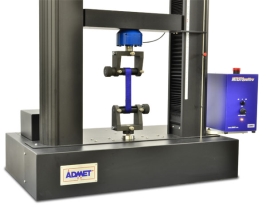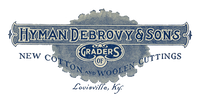 Not all webbing is created equal.
Not all webbing is created equal.
Webbing, originally made of cotton or flax, most modern webbing is made of synthetic fibers such as nylon, polypropylene or polyester. Polypropylene is the least expensive and the nylon being the most expensive. Also the higher the tensile / breaking strength (TS) the more expensive the webbing.
Webbing comes in many different widths, the smallest is 3/4" and the widest is 12". The most popular is 2 inches wide. The Tarp Industry uses 3 different widths; 1, 2, and 4 inch webbing.
Test for Breaking Strength
Type 1: Heavyweight Polypropylene Webbing
- Thickness of 0.060 of an inch
- Breaking strength of 1,440 pounds
- Melting point of 330 degrees Fahrenheit.
- Used in lightweight applications
Type 2: Nylon Webbing
- Nylon strapping absorbs water at a quicker rate than polyester webbing, and will stretch when wet- up to 2% of its length.
- Nylon webbing should not be used in bleaching agents or acids.
- Breaking strength of 2,200 pounds
- Used in heavier applications
Type 3: Polyester, Cargo Webbing
- Strong, yet lightweight with very little stretch.
- Resists abrasion, damaging UV rays, and most common chemicals. Absorbs very little water, preventing mold, mildew, rotting and shrinking.
- Breaking strength of 6,000 & 10,000 pounds
- Used in the heaviest applications
Industrial/Agricultural Webbing Applications:
Webbing can be manufactured to any specification.

